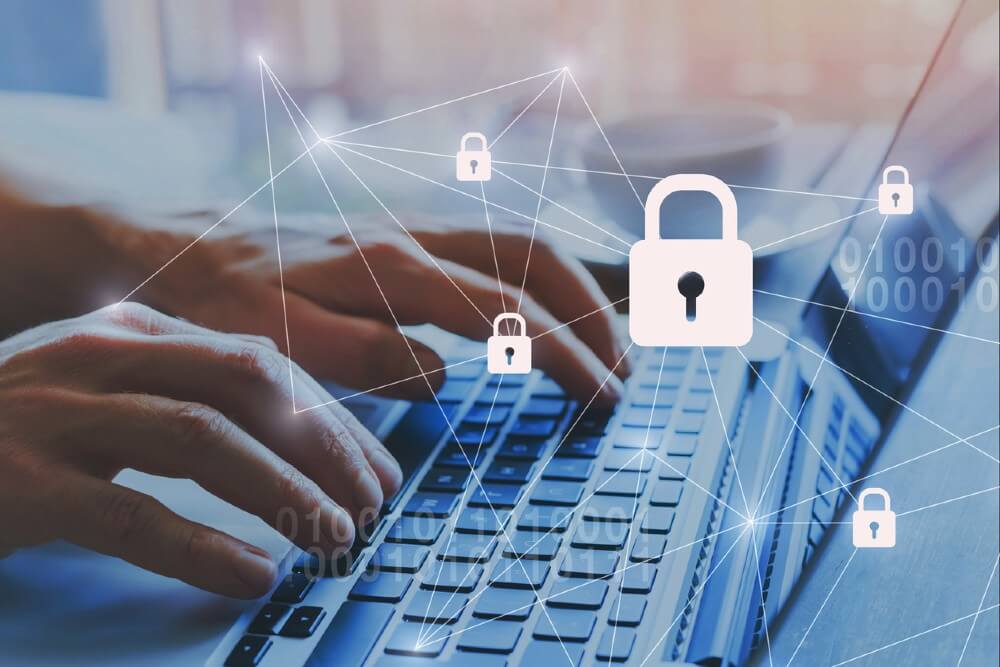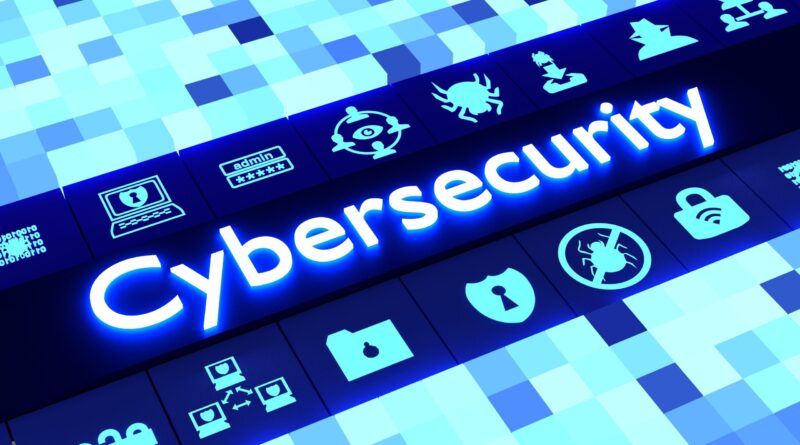Cybersecurity: Navigating the NIST, CMMC, and CIS Frameworks with Cutting-Edge Technologies
As the digital landscape evolves, organizations must adapt and implement robust cybersecurity measures to protect against threats and maintain compliance with industry standards. Three of the more widely recognized frameworks for cybersecurity are the NIST Cybersecurity Framework, the Cybersecurity Maturity Model Certification, and the Center for Internet Security Critical Security Controls. This article will delve into the technologies that organizations can utilize to achieve compliance with each of these frameworks and enhance their overall cybersecurity posture.
The NIST Cybersecurity Framework
Table of Contents
The NIST CSF provides a comprehensive framework of cybersecurity standards, guidelines, and best practices. It provides organizations with a risk-based approach to cybersecurity, and its five functions – Identify, Protect, Detect, Respond, and Recover – provide a roadmap for developing a comprehensive cybersecurity program.
One technology that organizations can use to enhance their cybersecurity posture and comply with the NIST CSF is the use of firewalls. Firewalls can protect against unauthorized access, reduce the risk of data breaches, and prevent the spread of malware.
Another technology that organizations can utilize is identity and access management solutions. IAM solutions allow organizations to manage access to critical systems and data, and enforce access policies. By implementing IAM solutions, organizations can ensure that only authorized users have access to sensitive data and systems, reducing the risk of cyber attacks.

The Cybersecurity Maturity Model Certification
The CMMC is a certification framework designed specifically for the Department of Defense supply chain. CMMC compliance requires that organizations implement a set of cybersecurity controls that are proportional to their level of risk.
One technology that organizations can use to meet the requirements of the CMMC is multi-factor authentication. MFA provides an additional layer of security by requiring users to provide multiple forms of authentication, such as a password and a fingerprint or smartcard, before accessing sensitive data or systems.
Another technology that organizations can use is encryption. Encryption is the process of encoding data to protect it from unauthorized access or theft. Encryption technologies, such as full disk encryption or file-level encryption, can help organizations meet the requirements of the CMMC and protect sensitive data from cyber attacks.
The Center for Internet Security Critical Security Controls
The CIS Critical Security Controls is a set of 20 recommended security controls that organizations can implement to improve their overall cybersecurity posture.
One technology that organizations can use to meet the requirements of the CIS Critical Security Controls is a security information and event management solution. SIEM solutions provide real-time monitoring and analysis of security events and can be used to detect and respond to security threats.
Another technology that organizations can use is intrusion detection and prevention systems. IDPS can detect and prevent malicious network traffic and attacks, reducing the risk of data breaches and cyber attacks.
The NIST CSF, CMMC, and CIS Critical Security Controls provide organizations with guidelines for enhancing their cybersecurity posture. By utilizing technologies such as firewalls, IAM solutions, MFA, encryption, SIEM solutions, and IDPS, organizations can meet the requirements of each of these frameworks and enhance their overall cybersecurity efforts.
